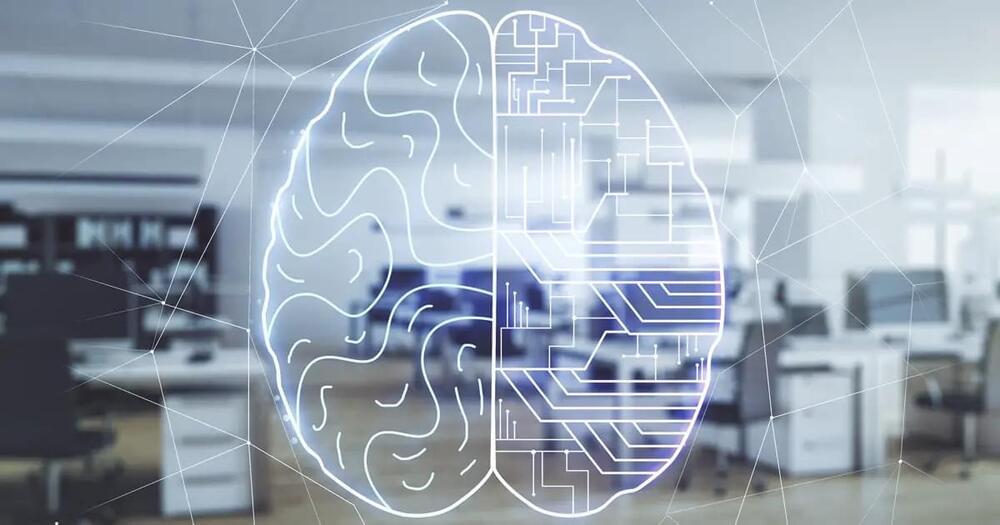Tesla seems to be making some serious headway with its Full Self-Driving (FSD) suite with the release of V12.3. But while FSD is currently the company’s flagship advanced driver-assist system, basic Autopilot still plays a huge role in Tesla’s electric cars. With this in mind, Tesla seems to be doubling down on educating drivers about the proper use of basic Autopilot, as well as the system’s limitations.
As could be seen in the company’s Tesla Tutorials channel on YouTube, the company has released a thorough tutorial focused on basic Autopilot’s features and proper use. The video is over four minutes long, and all throughout its duration, Tesla highlighted that the features of basic Autopilot does not make vehicles autonomous. The company also emphasized that basic Autopilot is designed to work with a fully attentive driver.
The video fully discussed the capabilities and limitations of basic Autopilot’s two main features, Traffic-Aware Cruise Control (TACC) and Autosteer (Beta). The Tesla Tutorial video discussed how to engage both features, how to set their specific parameters, and how they are disengaged. Overall, it is quite encouraging to see Tesla publishing a tutorial that’s purely focused on basic Autopilot.







